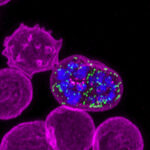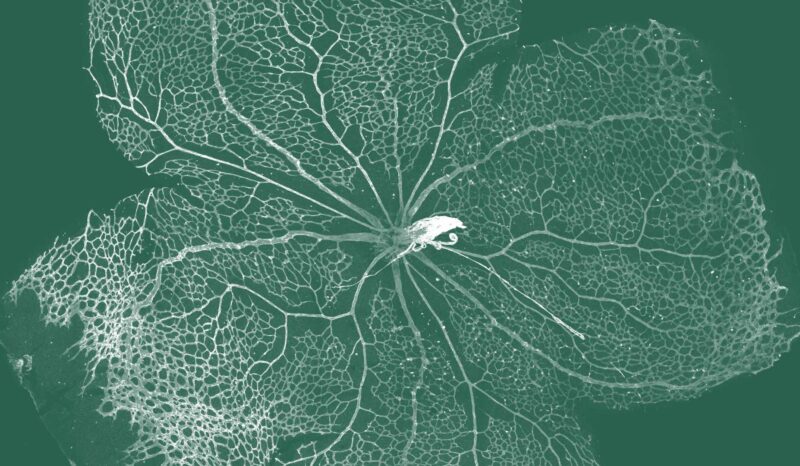Many diseases can be traced to changes in how certain molecules, often proteins, function within cells. In many diseases, differences in cell signalling pathways exist between diseased cells and normal cells.
Targeted therapies are medicines that interact with a specific biological molecule, usually a protein. Targeted therapies can:
- Stop a molecule from working, called inhibition, or
- Encourage a molecule to work, called activation.
Many targeted therapies are ‘small molecules’, indicating the chemical’s size is much smaller than important biological molecules such as proteins or DNA.
There are many steps between finding a small molecule, or compound, that changes how a protein works, and it being available to treat people with a particular disease. Important features of potential medicines include:
- Stability, so the compound does not rapidly degrade before it can be used.
- Chemical properties including solubility and cell permeability, meaning the compound can travel through the body to diseased cells, and enter the cells.
- Specificity, meaning that the compound does not influence other molecules unrelated to the disease.
When small molecules are developed that have the potential to treat disease, they must undergo rigorous testing before they enter clinical use. The processes of pre-clinical testing and clinical trials are explained on our Clinical Translation page.







